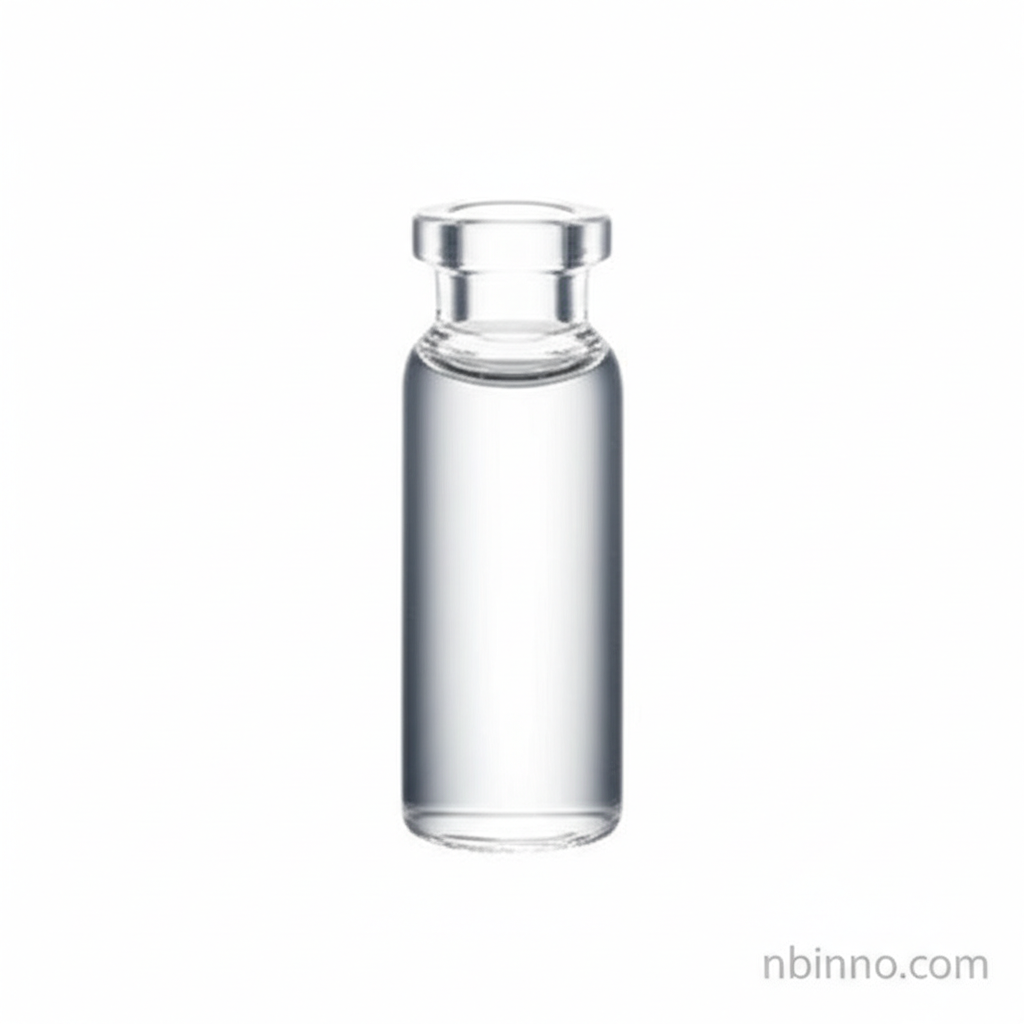Butyric Acid: A Versatile Compound for Industrial Applications and Biological Functions
Discover the chemical properties, industrial uses, and significant health benefits of butyric acid.
Get a Quote & SampleProduct Core Value

Butyric Acid
Butyric acid, also known as butanoic acid, is a saturated fatty carboxylic acid with the chemical formula C4H8O2. It is a colorless liquid with an unpleasant odor, though its esters are often used as flavoring agents due to their pleasant aromas. Industrially, it is produced via hydroformylation and used in the preparation of various esters, including cellulose acetate butyrate.
- Explore the chemical properties and industrial uses, such as its role as a chemical intermediate and its application in food flavoring. Learn how butyric acid is utilized in various manufacturing processes.
- Understand the biological significance of butyric acid, a key energy source for colon cells, produced by gut bacteria through fiber fermentation. This compound plays a crucial role in digestive system health.
- Investigate the wide-ranging health benefits, including its anti-inflammatory properties and potential role in disease prevention, such as cancer and gut conditions. Understanding these benefits highlights its importance in human health.
- Learn about the recommended dietary sources and the impact of diet on butyric acid levels, emphasizing the role of fermentable fiber in its production. Proper nutrition is key to harnessing its benefits.
Advantages of Butyric Acid
Industrial Versatility
Butyric acid serves as a valuable building block in organic synthesis, essential for producing various esters and derivatives used in paints, coatings, and plastics. Its industrial applications are diverse and impactful.
Key Gut Health Support
As a primary energy source for colonocytes, butyric acid is vital for maintaining a healthy gut barrier and function. Its role in gut health is paramount for overall well-being.
Potential Health Protector
Research suggests butyric acid may offer protection against inflammation, certain cancers, and neurological disorders, making it a compound of significant interest in medical and pharmaceutical research.
Key Applications
Industrial Synthesis
Utilized as a key intermediate in the production of esters and other chemical compounds essential for various manufacturing sectors.
Food and Beverage Industry
Employed as a flavoring agent, particularly for its esters, which impart pleasant aromas and tastes to food products.
Pharmaceutical Research
Investigated for its therapeutic potential in treating inflammatory diseases, cancers, and neurological conditions, acting as a histone deacetylase inhibitor.
Nutritional Supplements
Promoted for its role in gut health, supporting colonocyte energy and potentially improving metabolic health through dietary fiber intake.
